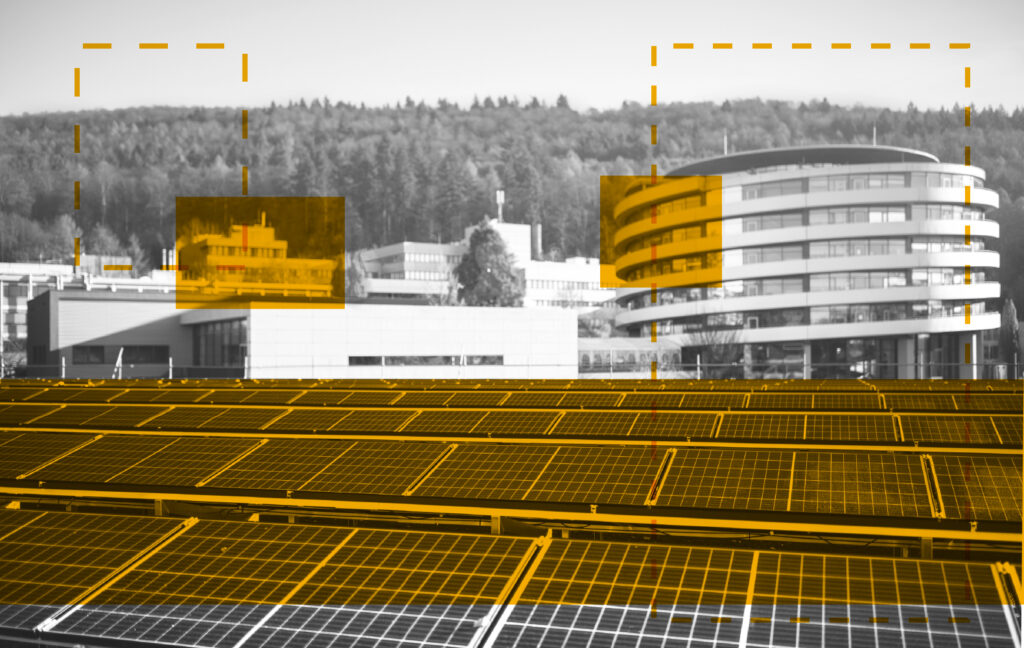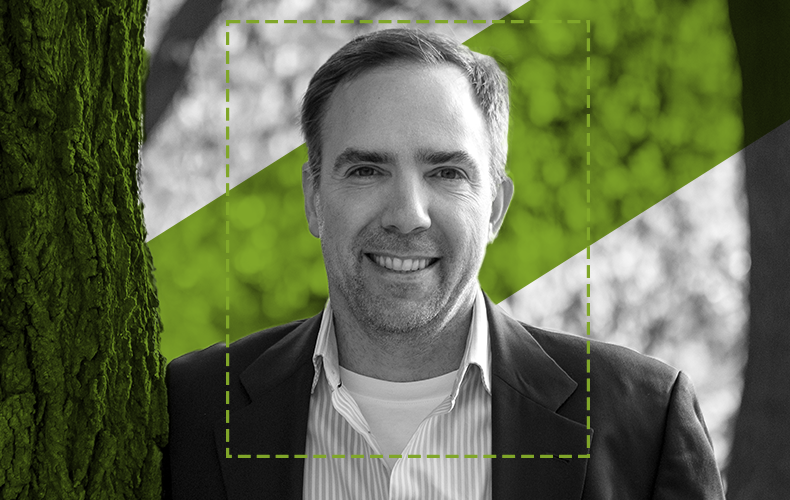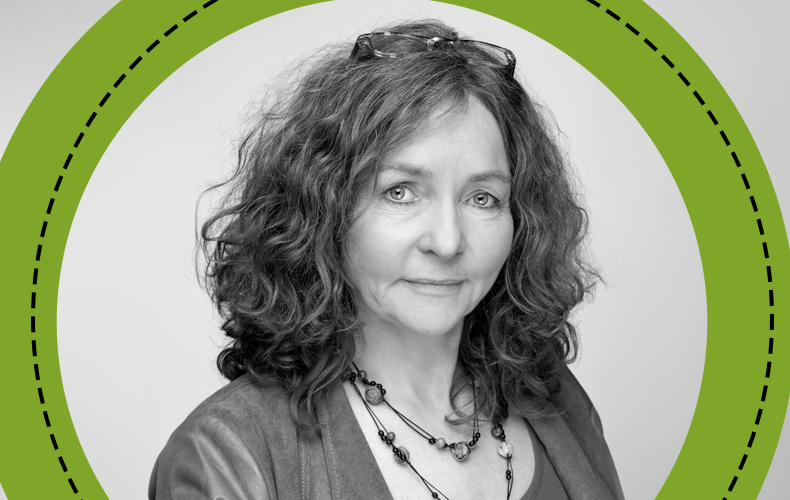9 December 2022 – Science has a crucial role to play in reversing the global cycle of environmental decline. But research organizations can also help drive change by thinking more sustainably in-house. “The big transition needs to come from society, but if scientists and institutes can set a better example this can be very impactful,” says Gisou van der Goot, EMBO Member and a former Dean of the School of Life Sciences at the Swiss Federal Institute of Technology Lausanne (EPFL), who now works as the organization’s first ever Vice-President for Responsible Transformation.
Since van der Goot began in her role two years ago, she has overseen a multitude of sustainability-focused actions on the EPFL campus. These include initiatives to reduce the carbon footprint of the institute’s catering, energy consumption, and daily and international travel. “We want to turn our campus into a living laboratory—a responsible community, with student involvement,” she says. “The most important place to start is by collecting data as this can help organizations to identify strategies that have the biggest impact.”
By putting figures on their institute’s carbon footprint, air miles and lab waste, a group of scientists including Jeroen Dobbelaere, a former EMBO Postdoctoral Fellow and now a senior scientist at the Max Perutz Labs in Vienna, has created a source of inspiration and activism called Climate@MaxPerutzLabs. “With this knowledge it was possible to achieve the necessary buy-in and begin to set all-important targets for actions, such as waste and energy use reduction,” he says.
Dobbelaere, who has long been interested in combining cell biology research with the environment, also runs workshops that aim to inspire other researchers. “For me the most important part is to teach students to integrate sustainability into their work,” he says. “Scientists can apply their skills in many different ways, from the analysis of statistics, to learning what drives social change. Sometimes it is difficult to measure progress, but on the other hand I think grassroots groups have made a big impact.”
As every organization is different there is no one-size-fits-all method to developing a sustainability strategy. But Brendan Rouse, a sustainability officer at EMBL in Heidelberg, says that there are nevertheless tried-and-tested methodologies that organizations can turn to. “One way to start is by carrying out a materiality assessment which gathers the opinions of a wide range of people,” he says. “This can involve interviews with internal and external stakeholders, reviews of approaches taken by similar institutes and charting relevant environmental topics.”
Taking this approach, EMBL has established three work streams that include objectives to achieve environmentally responsible research, to explore ways life science research can further contribute to solving environmental challenges, and to promote sustainable science beyond the institute. “When developing a sustainability strategy for a complex organization, it is important to take a step back and look at the bigger picture,” Rouse says. “But actions taken by individuals are critical in achieving a more sustainable organization; and I would recommend a great place to start is to make yourself aware of your surroundings and realize what you can personally control.”



